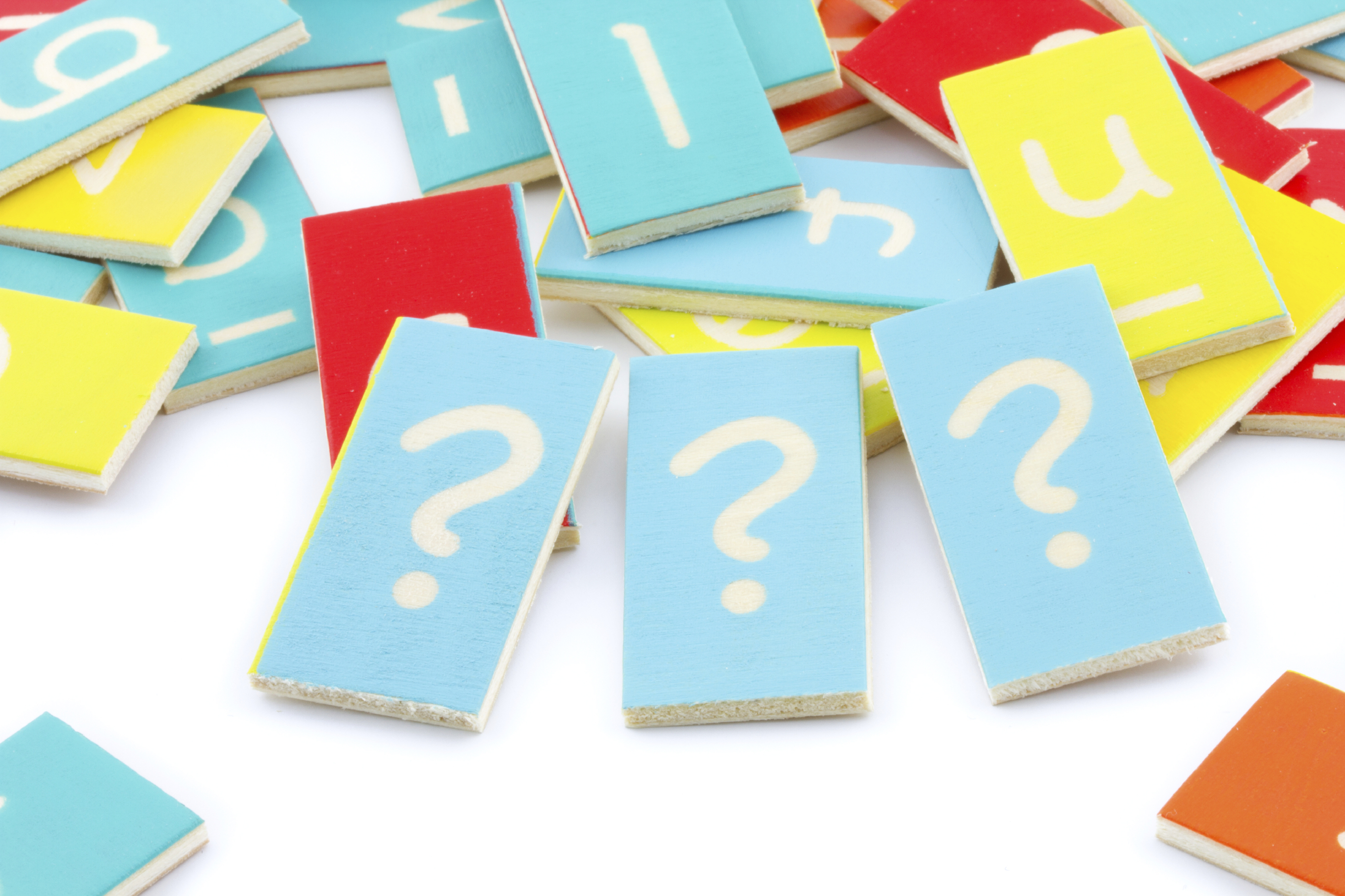While many people probably know the term "dyslexia," far fewer actually have a good understanding of what it involves. In a random unscientific survey of a group of my friends, one person said, "That's where kids mix their Ds and Bs up, isn't it?"
There's a little more to it than that. Dyslexia is often described as a problem with the way the brain processes written information. This causes difficulties with word recognition, which in turn impacts on reading and writing. According to recent research in the United States, between 10 and 15 percent of the populations has dyslexia, yet only 5 percent of those people receive assistance.
Things are even harder for dyslexics in Japan, with many educators having no knowledge at all of the issue. Dyslexia comes under the umbrella of gakushū shōgai (learning disabilities), but in a culture where many people tend to associate "shōgai" with an intellectual problem, parents and teachers may be reluctant to label children to avoid misunderstandings and stigma.


















With your current subscription plan you can comment on stories. However, before writing your first comment, please create a display name in the Profile section of your subscriber account page.